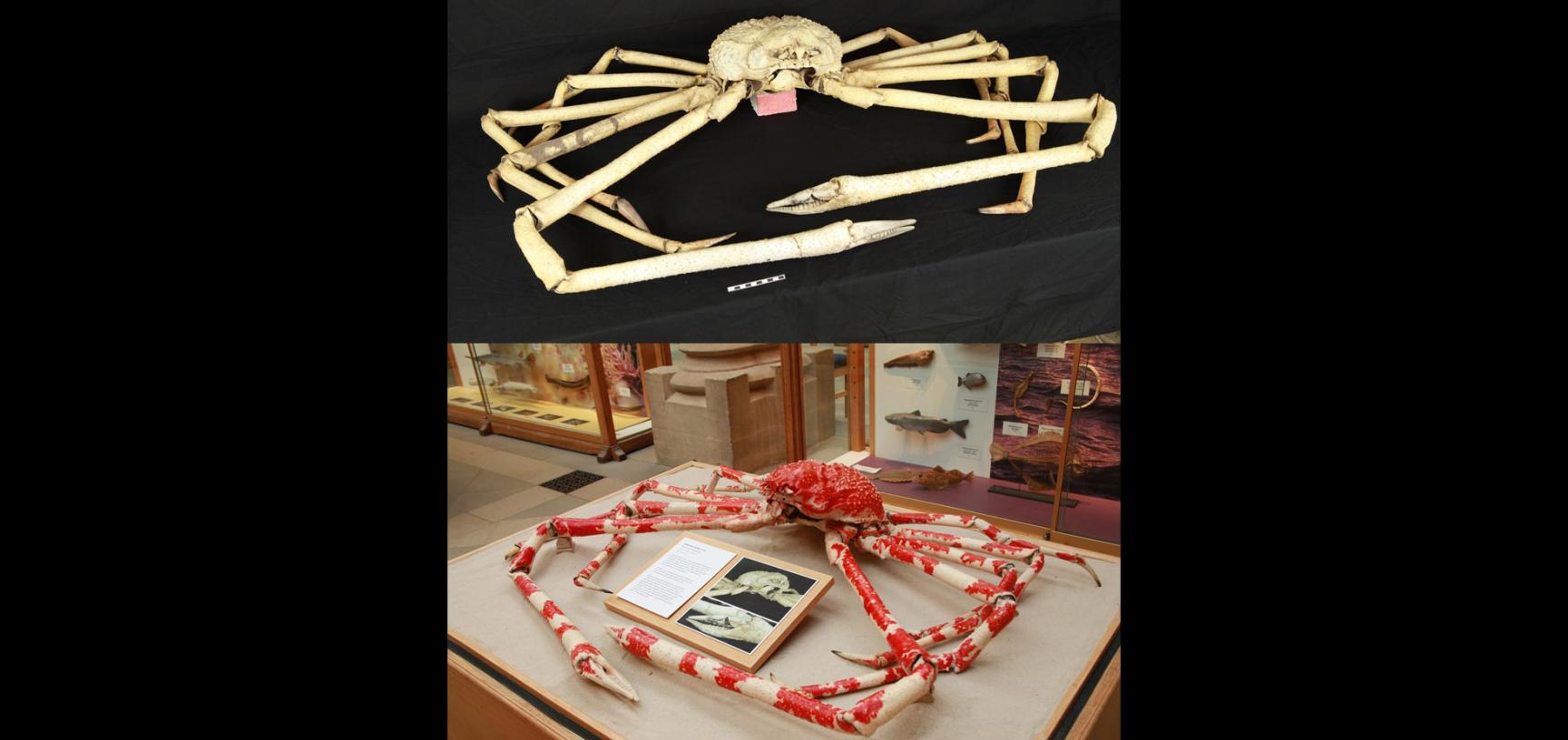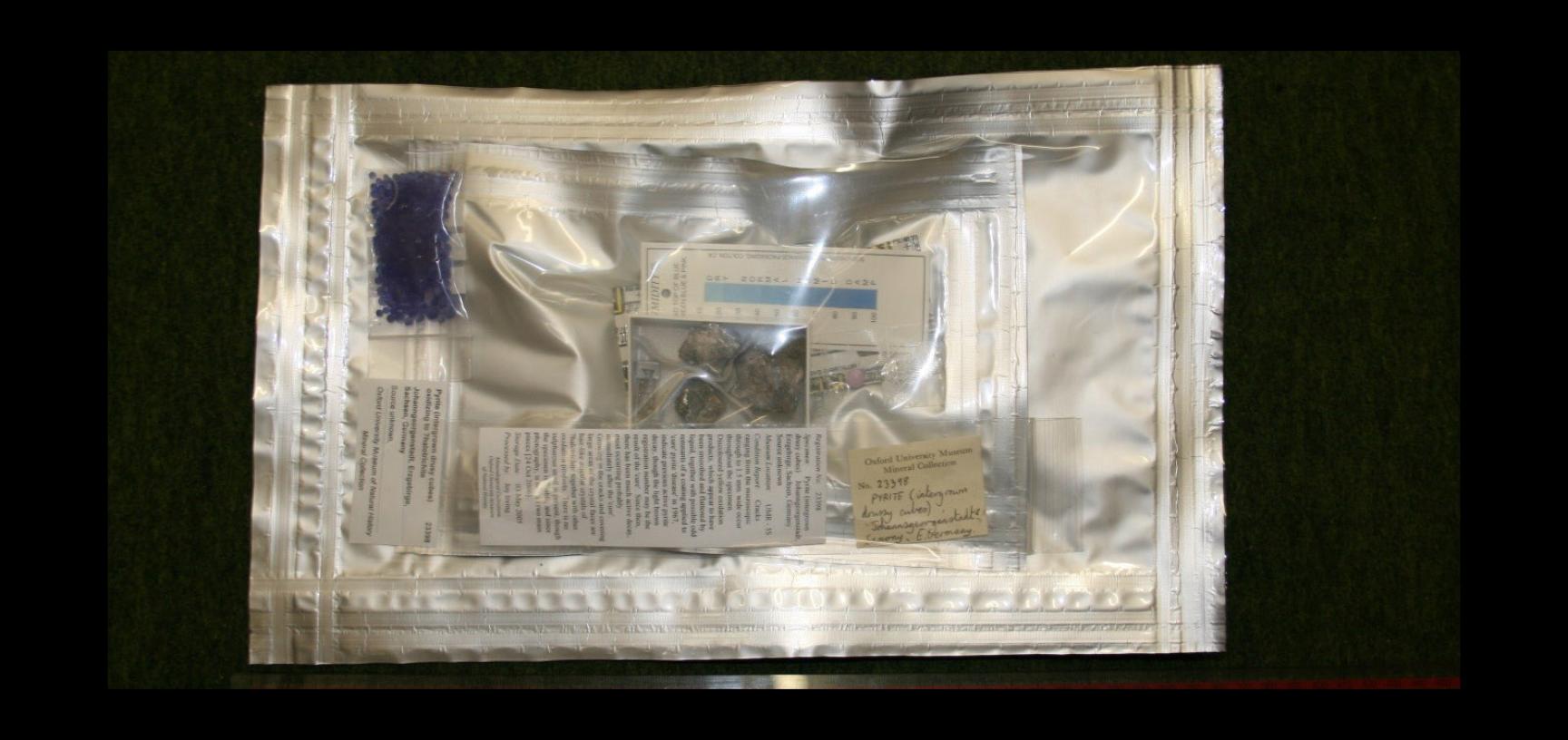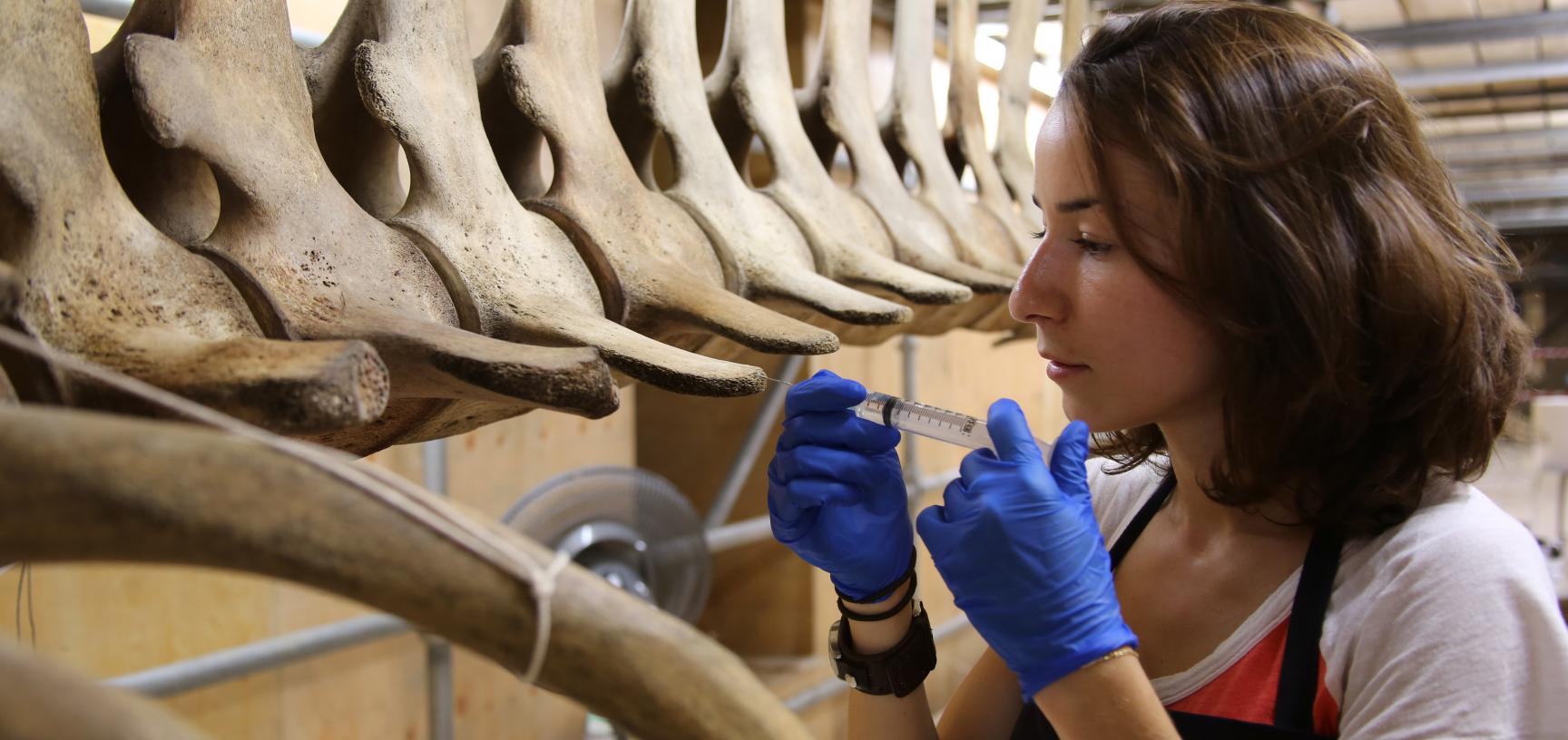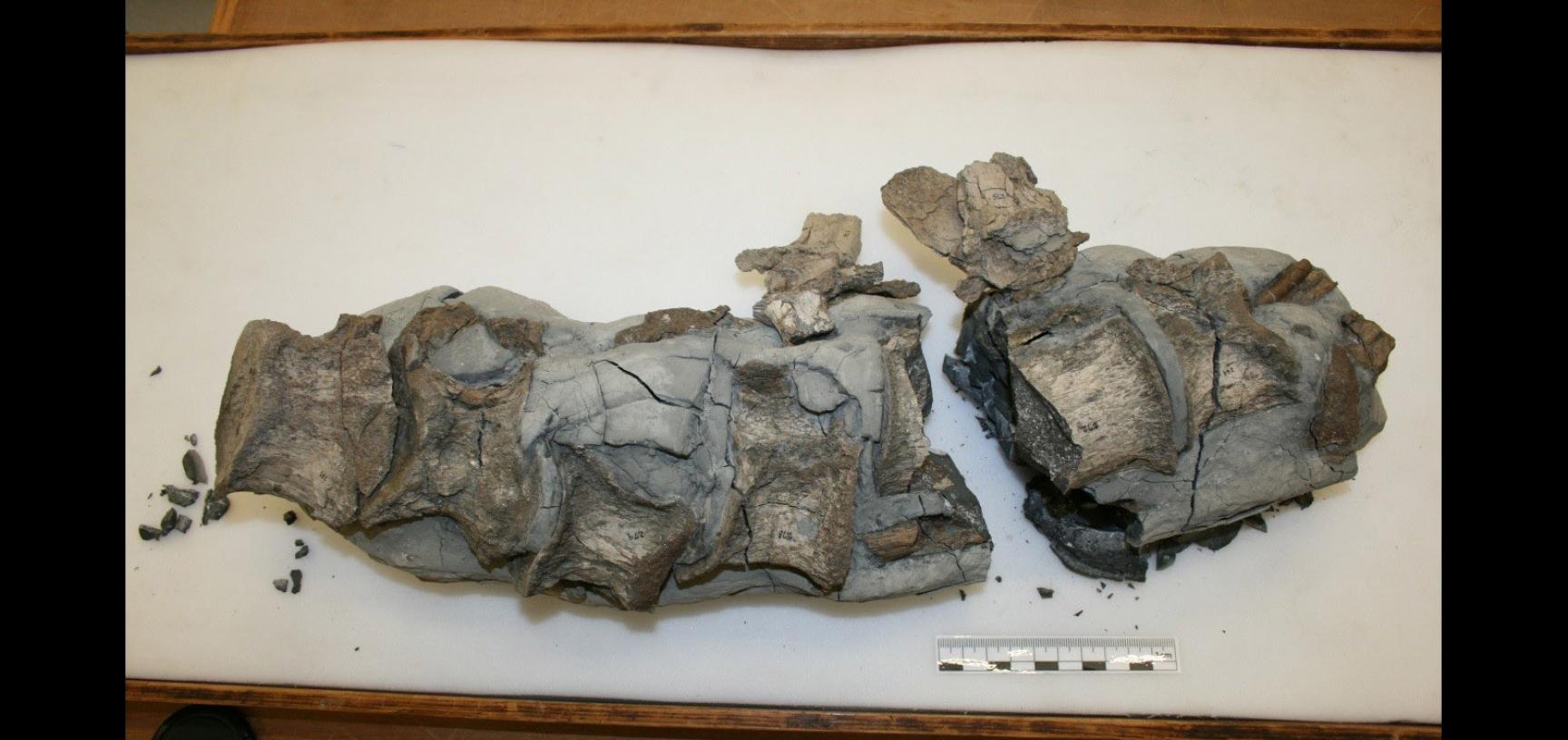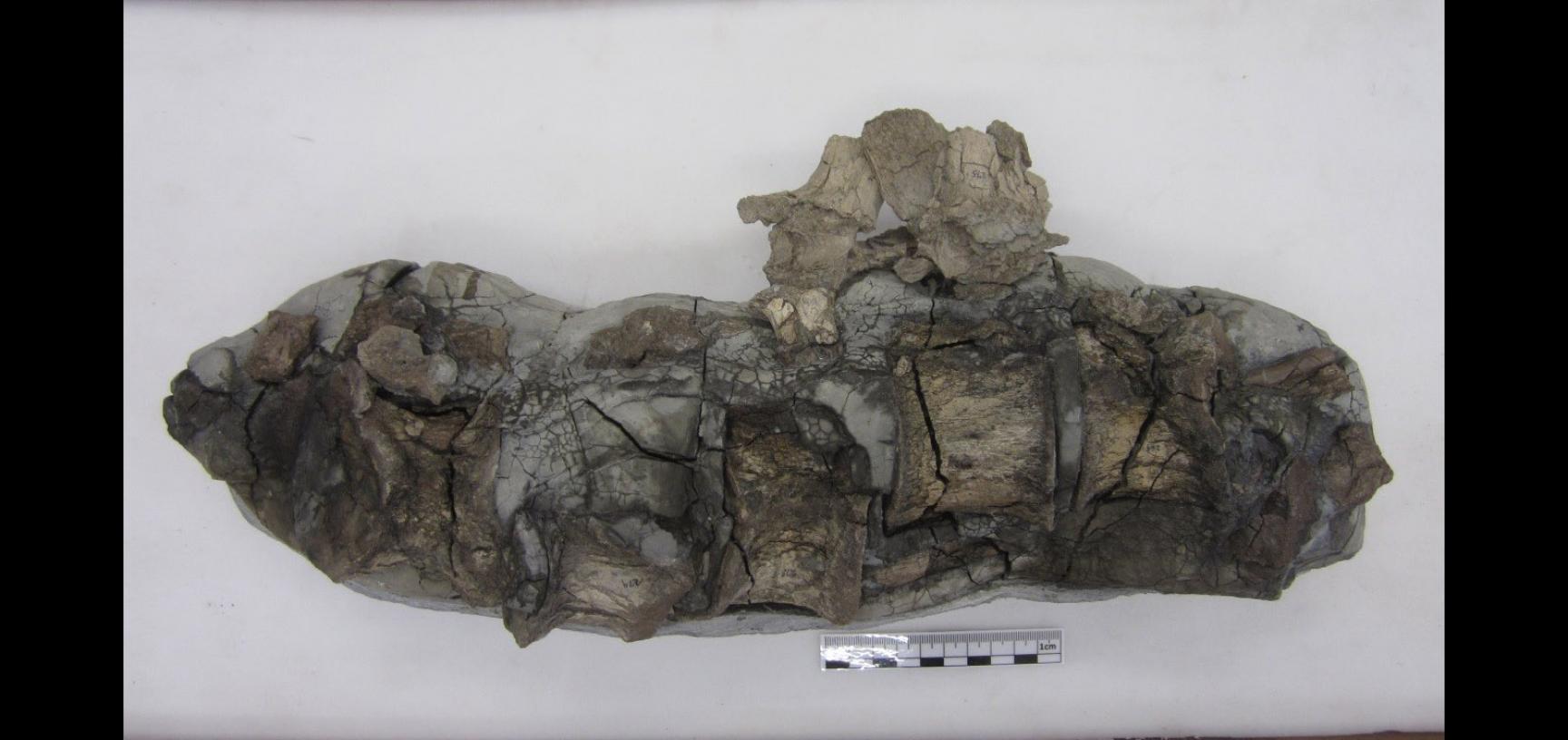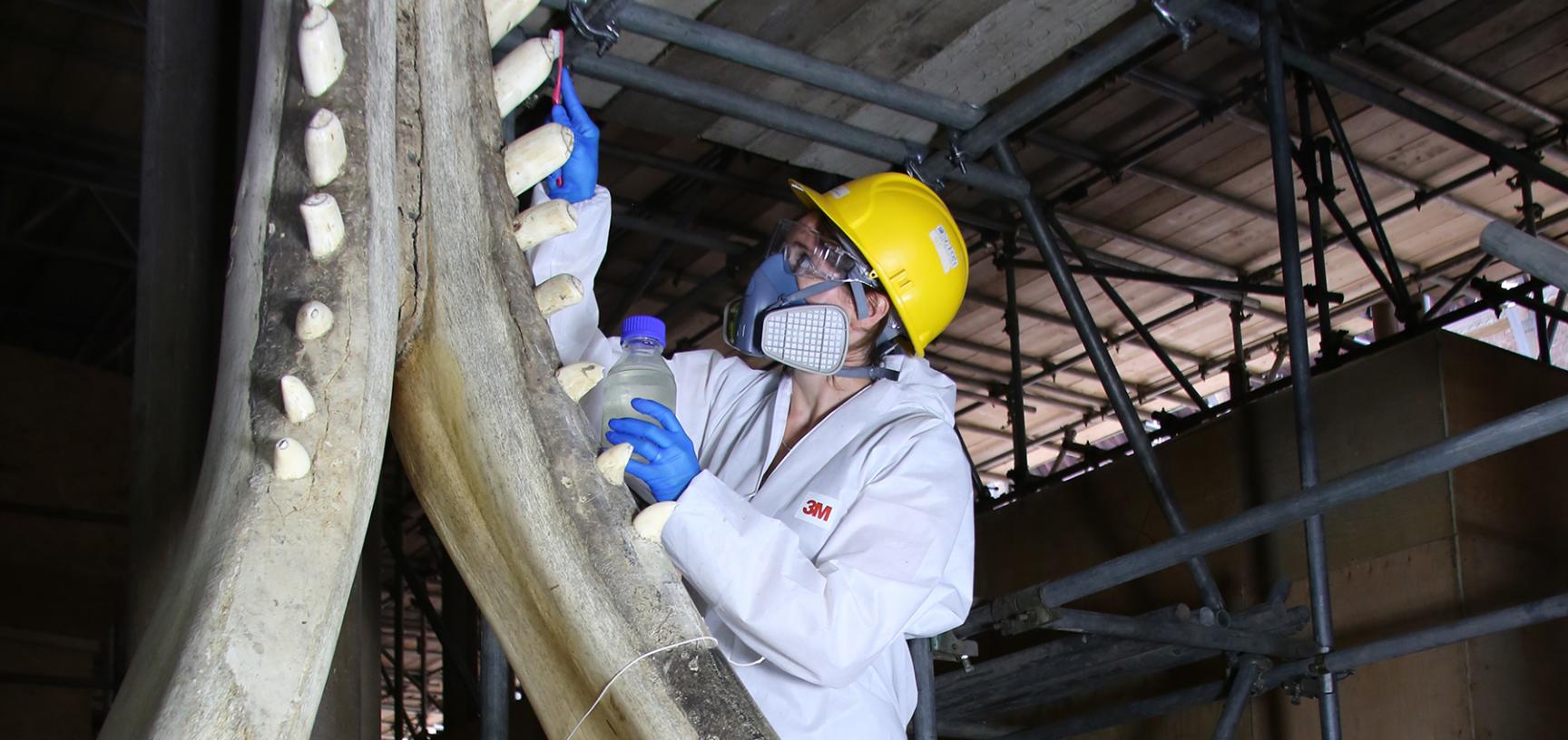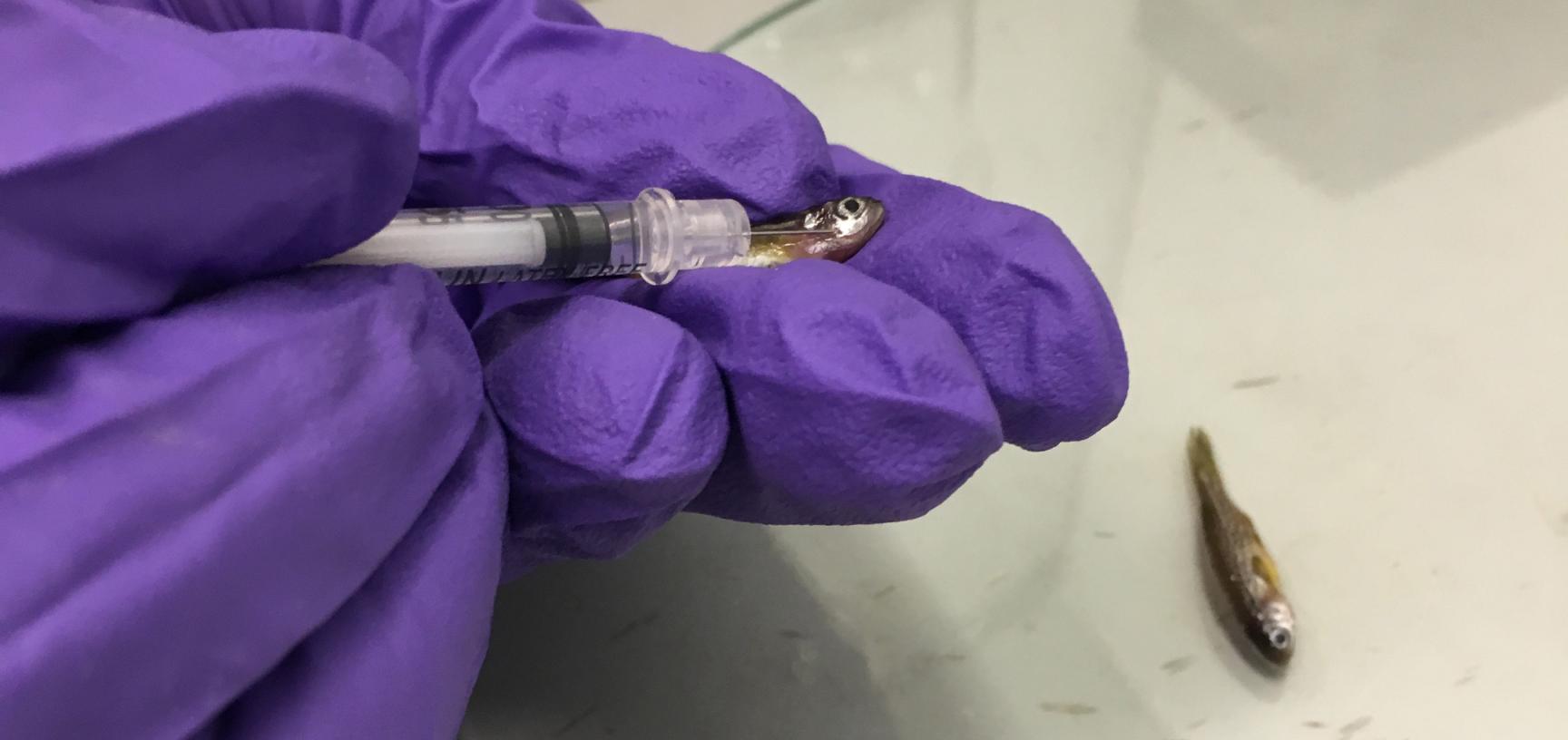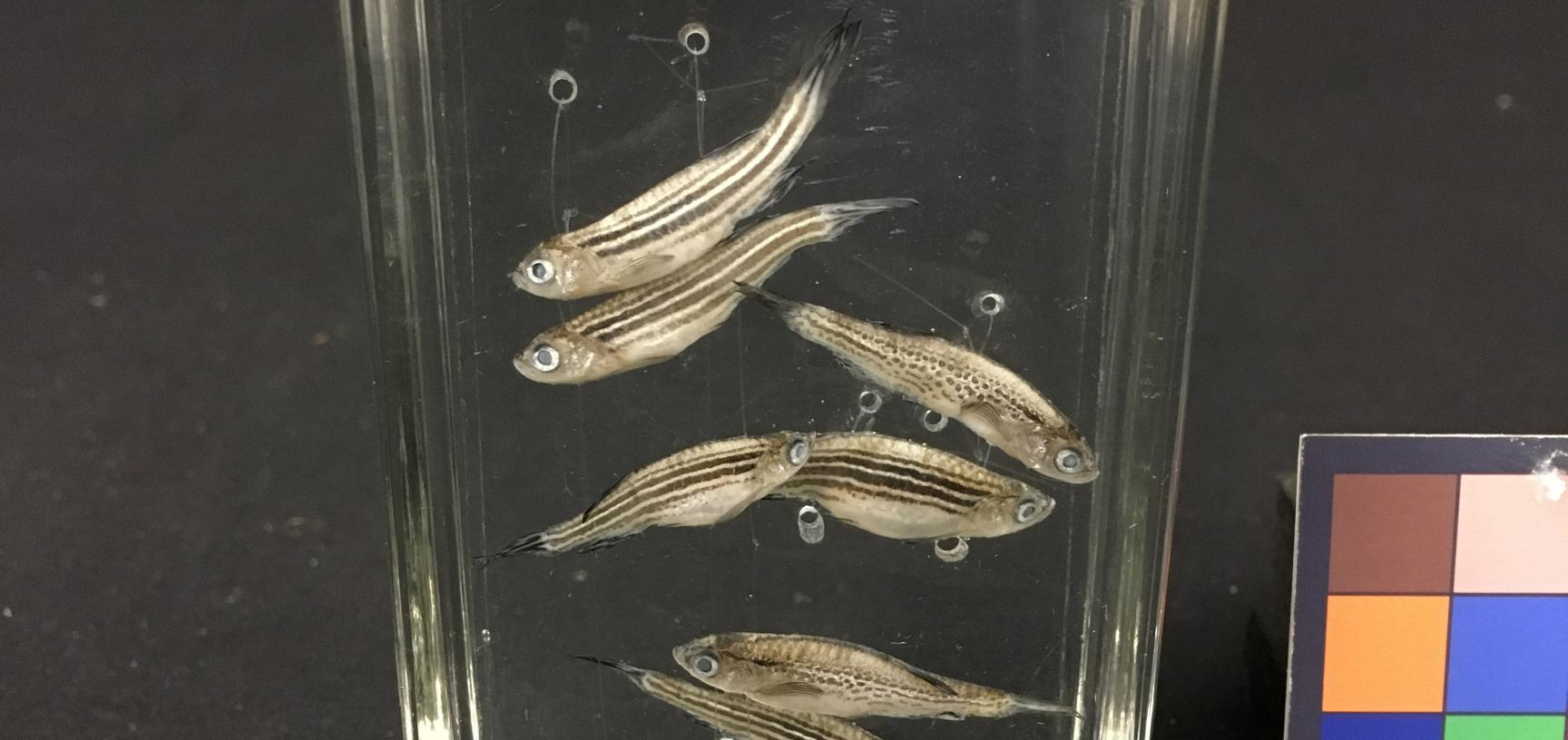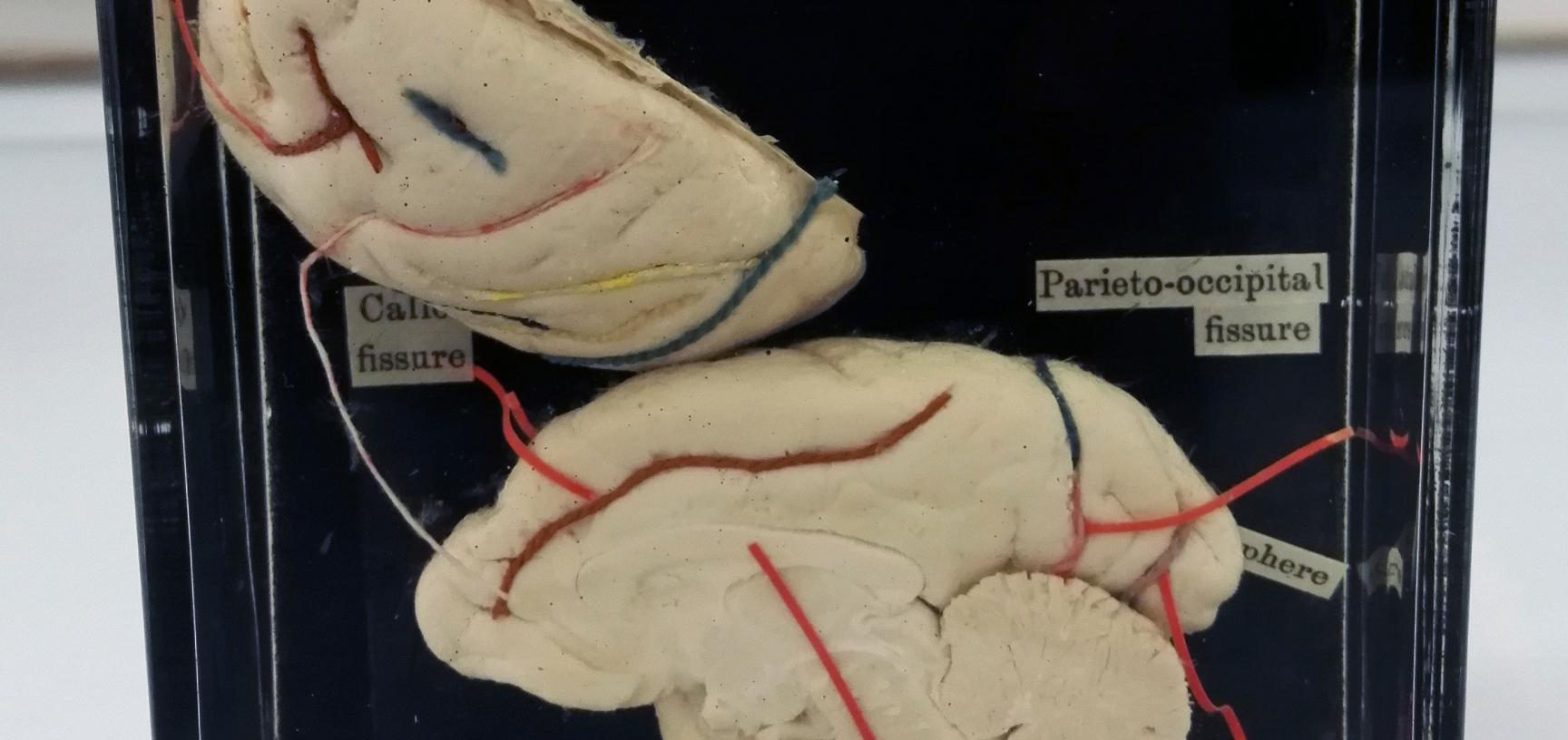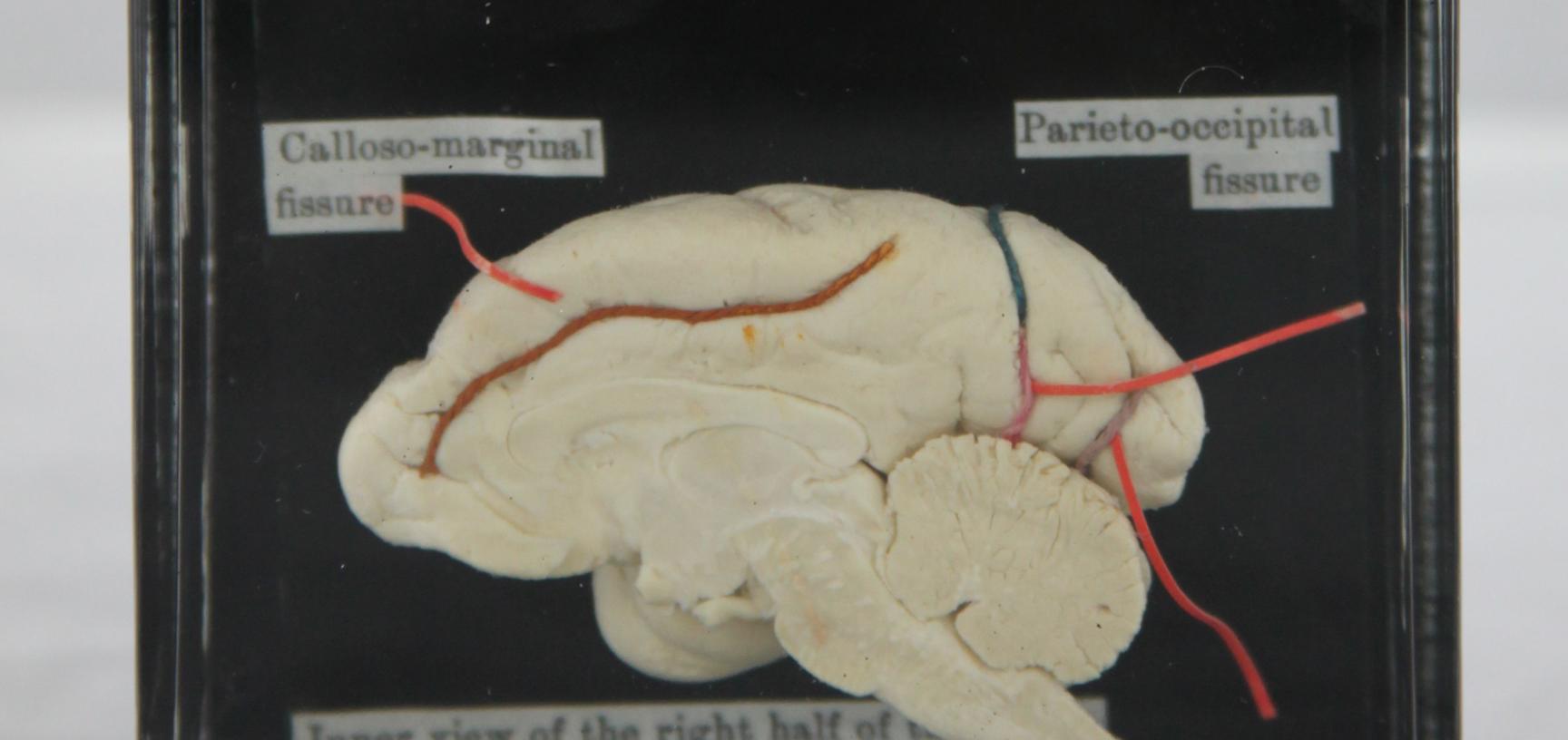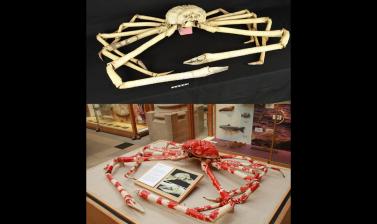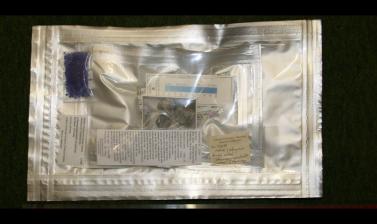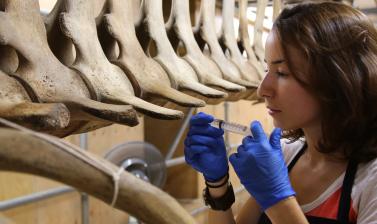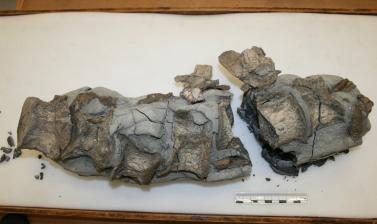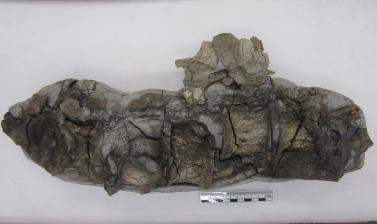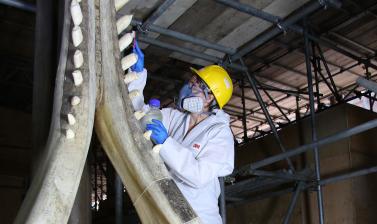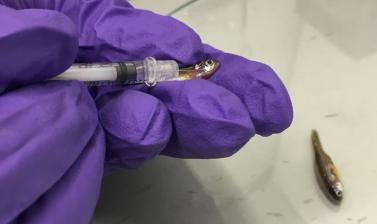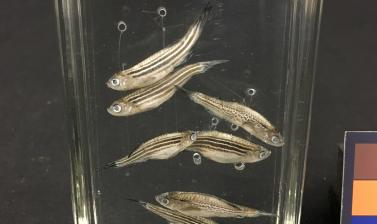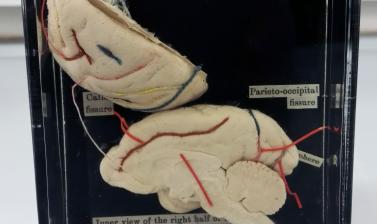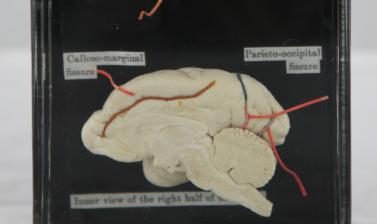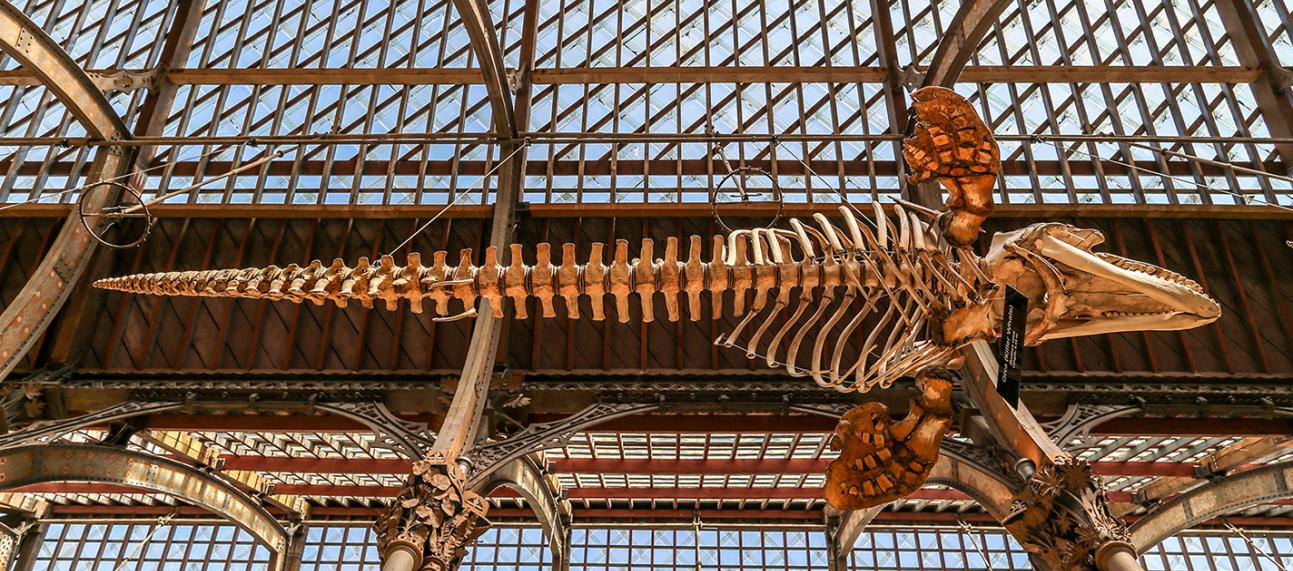Collections care
Conservation and Collections Care at the Museum establishes the benchmarks for the guidelines, care and access to the Museum’s collections that are on display, in storage or on loan. Conservation at the MNH covers a wide range of activities, including:
- Remedial conservation – repair, reconstruction, and stabilisation
- Specimen preparation – excavation, preparatory work, and maceration
- Preventive conservation – environmental monitoring, Integrated Pest Management, mount making, ensuring specimens are stored and displayed appropriately
Most people when they hear the word conservation think about nature conservation, however, conservation in the museum context is about ensuring the safety of our collections in perpetuity. The Museum conservators clean, conserve and stabilise specimens using preventive and interventive conservation methods. These provide an insight into the factors and ways in which our specimens deteriorate, and the best possible way that we can manage these to ensure their longevity for future display and research.
On a day to day basis, our conservators undertake conservation work on a variety of dry and wet collections for research, display and loans. Alongside this, they carry out environmental monitoring, Integrated Pest Management (laying, collecting and identifying what is on our pest traps) and the general upkeep of all our museum collections.
Conservation work at the Museum is also undertaken by our collections staff, including our Collections Managers for our Earth and Life collections. This work can include rehousing, preparatory work, specimen repair, re-mounting and pinning insects and wet specimen preparation and maintenance.




